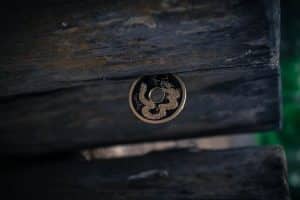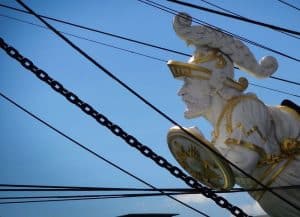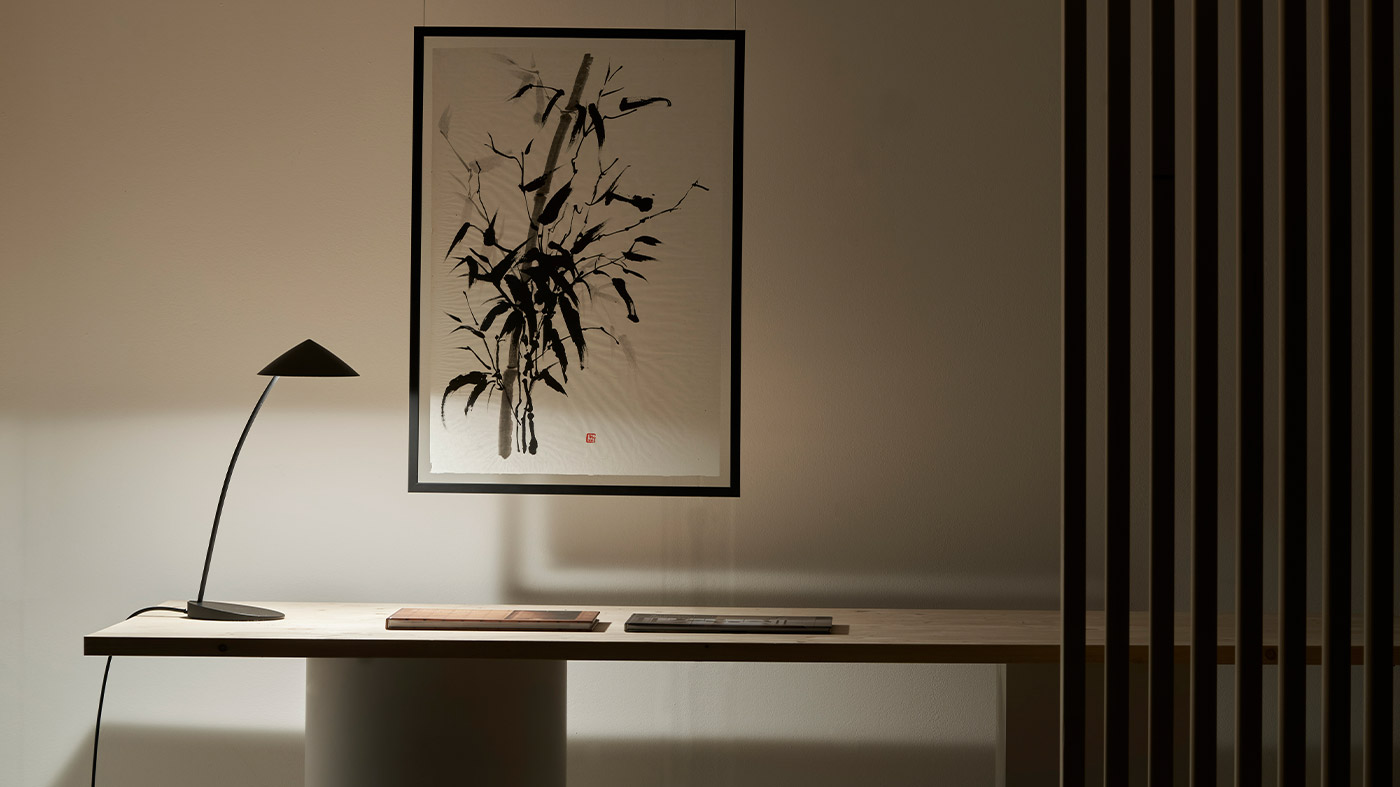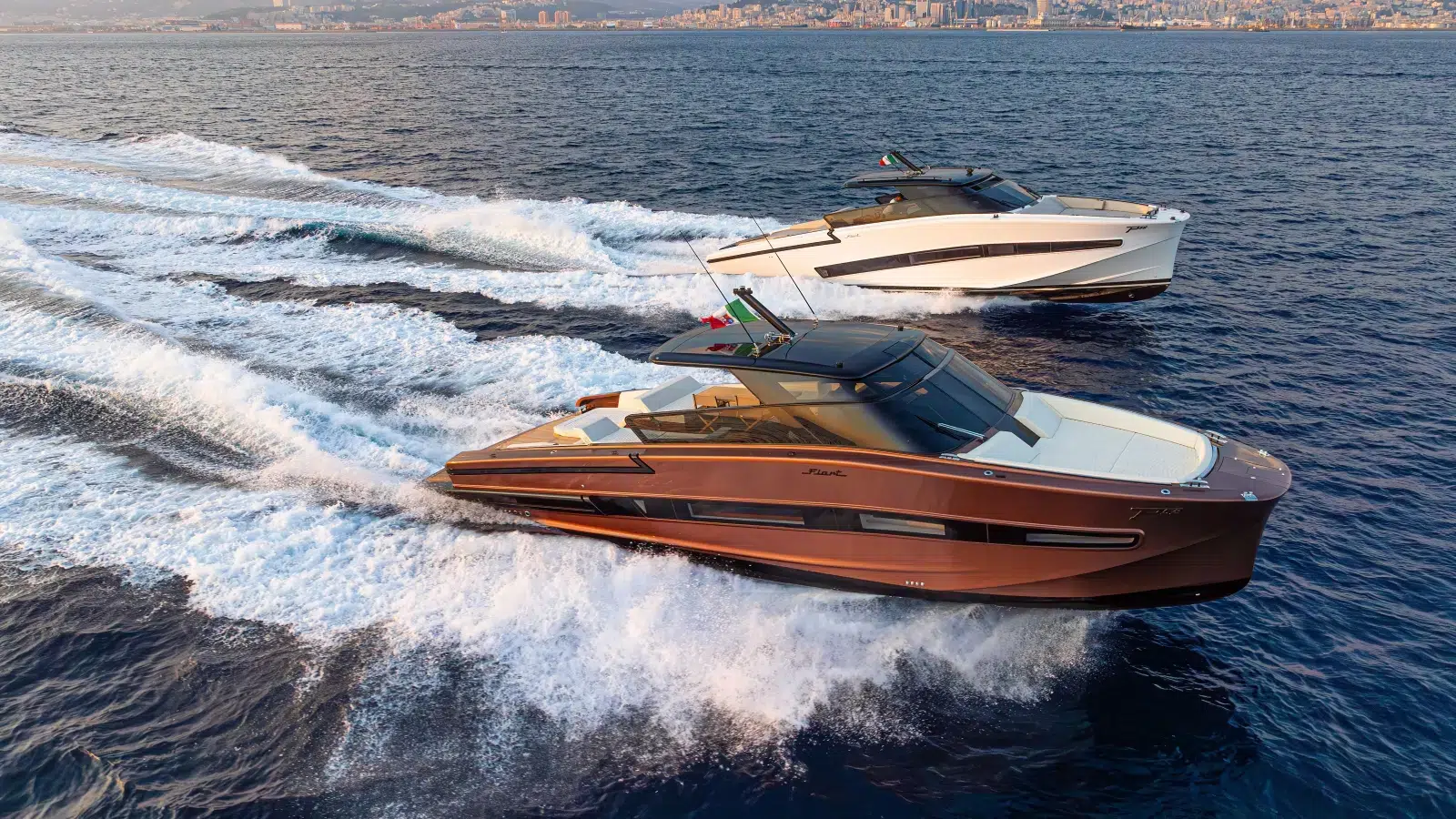Tradition through sea myths and superstitions
In ancient times, the building of a boat followed strict rituals of deep sacredness. These were times when the gods decided the life and death of men, times when their favour decreed the success or otherwise of exploits, battles, harvests, love affairs, voyages. In short, times when the captatio benevolentie changed the fate of human beings. Building a boat and sailing the sea’s waters meant challenging Poseidon. The Hybris, the proud human hubris, against the Tisis, the divine punishment.
 Thus propitiatory rites were born, pledges owed to the deity to win his sympathy. Time has blurred the ancient traditions, blurring the boundaries between mythology and legend. In the nautical scene, the ‘ships with purple cheeks‘ of Homeric memory (11th book of the Odyssey) are a good example of the suggestive link between past and present. The purple cheeks are none other than the prow of the ship impregnated, during the launch, with bovine blood sacrificed to the gods. Centuries later, red wine was deemed more ‘appropriate’ for the launching ceremony of a ship. Today, the use of a Champagne bottle is common knowledge. Legend also finds its way into this rite of ancient tradition, handing down evocative tales. It is said that the god of the sea notes the launching of each vessel with extreme precision: name, date, time. This allows him to place each boat anywhere on the sea. Changing its name means mocking Poseidon and incurring his wrath. Today we know that this custom was introduced by the navy to control boats stolen by pirates.
Thus propitiatory rites were born, pledges owed to the deity to win his sympathy. Time has blurred the ancient traditions, blurring the boundaries between mythology and legend. In the nautical scene, the ‘ships with purple cheeks‘ of Homeric memory (11th book of the Odyssey) are a good example of the suggestive link between past and present. The purple cheeks are none other than the prow of the ship impregnated, during the launch, with bovine blood sacrificed to the gods. Centuries later, red wine was deemed more ‘appropriate’ for the launching ceremony of a ship. Today, the use of a Champagne bottle is common knowledge. Legend also finds its way into this rite of ancient tradition, handing down evocative tales. It is said that the god of the sea notes the launching of each vessel with extreme precision: name, date, time. This allows him to place each boat anywhere on the sea. Changing its name means mocking Poseidon and incurring his wrath. Today we know that this custom was introduced by the navy to control boats stolen by pirates.
Various ceremonies,  some of them now rare, such as the ‘coin‘ ceremony take place in the boating scene. The shipbuilding ritual of the ancient Romans, to name but one, involved placing one or more coins on the keel at the mast: if the ship sank, the coins would be used to pay Cheron, the ferryman of souls to the afterlife. Today, this tradition only survives in some Sicilian shipyards.
some of them now rare, such as the ‘coin‘ ceremony take place in the boating scene. The shipbuilding ritual of the ancient Romans, to name but one, involved placing one or more coins on the keel at the mast: if the ship sank, the coins would be used to pay Cheron, the ferryman of souls to the afterlife. Today, this tradition only survives in some Sicilian shipyards.
The tradition of figureheads, on the other hand, has been lost over the centuries. It was the Vikings who introduced the use of wooden structures placed at the prow of the ‘Drakkar’, although going back in time, the Greeks hoisted the goat’s fleece at the prow. Traditions, Greek mythology and legends often merge and it is difficult to find their sources, so they become simple beliefs or superstitions.
Popular maritime beliefs are countless, many well known, others less so, some sensible, others funny. The green that is absolutely forbidden on boats seems to derive from the oxidation of copper nails in ancient vessels: who would ever have undertaken a voyage on a rickety ship? Shoes are not worn on board, in truth only the ‘festive’ ones, i.e. new ones, because tradition dictates that it is the deceased who wears new shoes. It’s a short step from ‘deceased’ to ‘superstition’! And be absolutely sure not to say goodbye to a dock… someone might tell you to get lost!
























